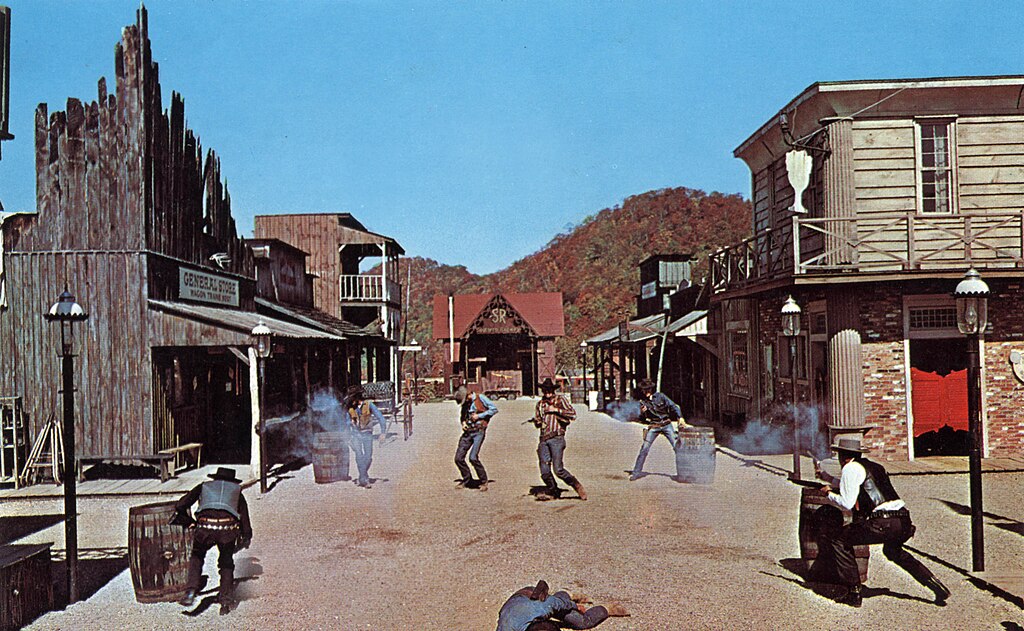Human population growth has been a concern since the 18th century. Supporting this worry are many commonly believed myths about overpopulation, but modern demographers have deflated several of them. Is the human population growing? Yes. Will overpopulation eventually threaten our species? Some leading experts say, “No.”
The world may feel a bit crowded at times, and for good reason! After all, we currently share this little rock with over 7 billion of our fellow human beings. But is there still room for everyone? Since the advent of farming, back around 10,000 BCE, the world population has been climbing – slowly at first, and then accelerating rapidly around the middle of the 20th century. For many, this fact has caused alarm, popping up everywhere from the scientific community to the family dinner table.
“Overpopulation” can be a scary word, I know – and so does Aunt Alice. Try not to get too anxious over what she says when she passes the ketchup. She may have a point, but take a deep breath before freaking out: Overpopulation is complicated. Let’s try to separate myth from reality, before we get too worried over what may be misconceptions about world population.
CLAIM #1: MORE PEOPLE = MORE POLLUTION!
This is a huge concern of mine, and I’m sure many of you feel the same way. There’s no doubt that this equation seems like it could be true, as most of us are familiar with the environmental differences between cities and countryside. Travel to any rural area and you can even smell the difference – the fresh, crisp air providing a totally different experience from loud car horns and the aroma of … wait, is that garbage?
Green Revolution Answers Call to Action
With increased population comes the growing need to take care of our planet. And it is also true that with more eyes focused on conservation, more efforts are being made to protect the environment. When you think about it, one surprising benefit of an increasing world population is that more people are available to develop new strategies and to foster “green” industries that help protect the environment. This is not just a want, but a need.
While it is clearly true that large metropolitan centers are linked to environmental pollution, there are indications that society’s efforts can mitigate the worst effects of that contamination. Luckily, the relationship between population and pollution may not be the same in every city. So it is important to examine a number of factors – from environmental movements to the presence of certain industries – to get a clearer picture.
Densely populated regions that place a higher importance on environmental protection have seen a decrease in greenhouse gas emissions despite rising populations, according to The Guardian. Simultaneously, less-populated areas that place historically low importance on the environment have been seeing a rise in emissions.
Communities with larger populations often have practical options that can be implemented to reduce their carbon footprints; we just have to make sure that the necessary regulations and preventative measures are implemented. As more people take a stand for the environment, the better our chances for making a positive change.
Combating Pollution: Good News, Bad News
Fortunately, beneficial results are already seen in some cases. Despite large populations, a study published by Environmental Health and Preventive Medicine points out, “air pollution levels in developed countries have been decreasing dramatically” – proving that conservation efforts can be successful regardless of dense population levels.
On the other hand, some of the damage we have already done is irreversible – a fact which lends some truth to the claim of a relationship between pollution and overpopulation. We have the potential to continue hurting our planet; and the larger the population, the larger that risk grows.
Remember, more people does not have to mean worse pollution, but more pollution can mean fewer people.
CLAIM #2: THERE’S NOT ENOUGH FOOD FOR EVERYONE!
You might feel there’s a shortage of food when waiting on a buffet line, but I promise you this isn’t like the Hunger Games. The popularly believed warning about limited food resources was first made famous by Thomas Robert Malthus in his thesis, “An Essay on the Principle of Population” in 1798. He claimed that the growth of human population would soon surpass the amount of food available.
Well, it’s been over 200 years since that dire forecast, and we’re still here . . . and, yes, there’s still food.
During Malthus’s life, there were an estimated 1.2 billion people spread across the planet. Today, more than 7.5 billion people call Earth home. Despite the undeniable growth of population, Malthus seems to have gotten something very wrong when it comes to global food supply.
According to the U.N.’s World Food Programme, “there is enough food in the world
today for everyone to have the nourishment necessary for a healthy and productive life.”
There Is Food … But There Is Also Hunger
If assessments of food production are so optimistic, you might ask, why are there large communities of people living with hunger? The United Nations Food and Agriculture Organization provides us with insight: Yes, “the world currently produces enough food for everybody, but many people do not have access to it.” We have enough food, but we must improve the infrastructure for delivering it to ensure that it gets to every community. I don’t want to sound like a broken record, but it’s worth repeating: We do have enough food to support the whole of human population. Now, we just need to make sure every country has the systems to get it to all of their citizens.
Eric Holt Giménez, Executive Director of Food First at the Institute for Food and Development Policy, argues that the world produces enough food to feed up to about 10 billion people, (which is close to the population peak predicted by the U.N.).
Where Malthus Got It Wrong
Malthus asserted that food production would increase steadily, unit by unit, over time; but human population would grow exponentially, forever doubling with each new generation. However, he could not have foreseen that incredible advances in agricultural methods and technology would actually result in food production outstripping population growth. Malthus also wildly overestimated the rate of increase in population. If, in fact, the number of people had doubled with each generation since 1798, Earth’s population today would have far exceeded even the gloomiest of modern forecasts.
Which leads us to our next claim . . .
CLAIM #3: THERE ARE TOO MANY PEOPLE . . .
AND. IT. WILL. JUST. GET. WORSE.
Can you imagine sharing your bedroom with four siblings? Lucky for you, gone are the days when the average household had five or more kids. With the advent of technological advances in health, more children are surviving into adulthood, people are living longer, and there is no need to overcompensate for disease and death.
According to the Population Division at the United Nations, we can expect to see a
slowing of rapid population growth, and demographers estimate that the number of
children in the world will likely remain steady.
In today’s world – a world with longer life spans and improved medical standards – the average birth rate is at a so-called “replacement level.” This change can be seen globally, as women are now having an average of 2.5 children. While larger households are still common in some places – mostly in Africa and the Middle East – the majority of countries have an average of between one and two children per household. So, the rate of childbirth as a factor in rapid population growth appears to be off the table, and there will be no regular doubling of the populace (as Malthus expected) if family sizes continue this trend.

This world ain’t big enough for all of us!” Well … Actually, it is.
(Image courtesy of Dsorrells, via Wikimedia)
Rest Assured, the World Is Not Running Out of Room for Us
Based on current population growth estimates, we are not in danger of overcrowding the planet. Believe it or not, if everyone lived as close together as they do in New York City, we could fit the entire world’s population inside New Zealand. That may not be desirable to some (especially New Zealanders!), but it certainly confirms that all of us can fit on Earth without the need to colonize Mars or some other distant world. While some experts argue that there is a cap on the number of humans our planet can support at one time (known as the “carrying capacity”), it appears to be unlikely we’ll reach that theoretical limit.
The bottom line? Yes, the population is growing, and each day it feels like there are more and more people on this little rock we call home. But we don’t have to get discouraged. It looks like we have the technology and the resources to support every person on Earth – and every new discovery improves our chances as a species. As long as societies make the necessary and appropriate investments in infrastructure and environmental protection, our planet can accommodate even the highest projected peak in population.
We may sit here wondering whether we have enough food, space, and resources to support the growing population, but it’s important to consider that people have been pondering these same questions for hundreds of years. And the fact remains: we remain.
And we will.
Title image: A rather crowded Portland Street - Manchester. (Credit: Anthony Parkes, via Wikimedia Commons)

